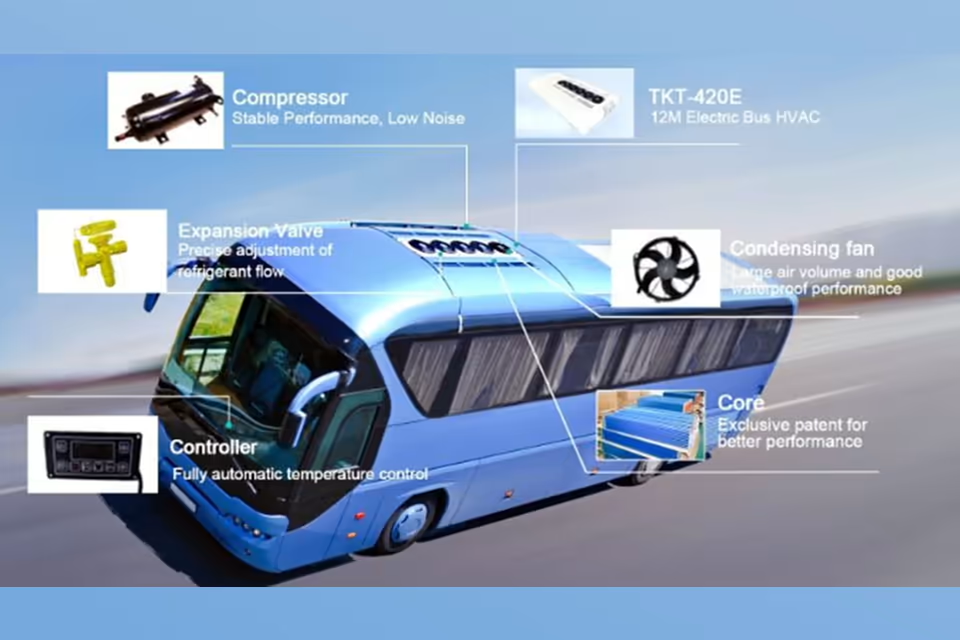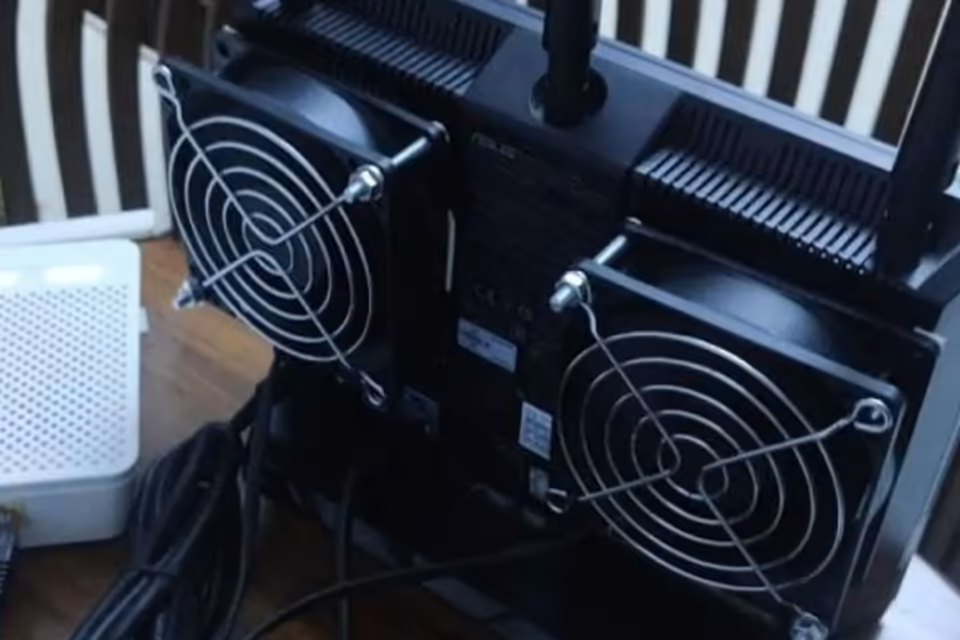팬과 블로어의 차이점은 각 장치가 공기 이동 및 환기 시스템에서 고유한 기능을 수행하므로 다양한 산업 분야의 엔지니어와 설계자에게 매우 중요합니다. 팬은 주로 일반적인 공기 순환에 사용되며, 냉각 및 배기 용도에 적합한 넓고 낮은 압력의 공기 흐름을 제공합니다.
이와 대조적으로, 블로어는 더 높은 압력과 속도의 공기 흐름을 생성하여 자재 취급 및 공압 이송과 같은 특정 응용 분야에 이상적입니다. 이러한 차이점을 이해하는 것은 주어진 응용 분야에서 최적의 성능, 에너지 효율성 및 작동 신뢰성을 보장하기 위해 적절한 장치를 선택하는 데 필수적입니다.
팬 및 블로어 기술의 발전은 고대 문명의 기본적인 공기 이동 장치에서 시작하여 효과적인 공기 순환 솔루션에 대한 수요를 크게 증가시킨 산업 혁명을 거치면서 풍부한 역사적 맥락을 가지고 있습니다.
19세기 후반 전기 팬의 도입은 중요한 전환점이 되었으며, 20세기에는 설계 및 작동 특성에 따라 팬과 블로어를 더욱 차별화하는 급속한 기술 발전으로 이어졌습니다. 이러한 발전에는 효율성 향상, 소음 감소 및 스마트 기술 통합을 목표로 하는 혁신도 포함되어 있으며, 이는 현대 공학 실무에서 지속 가능성과 운영 성능의 중요성이 커지고 있음을 반영합니다.
팬과 블로어의 작동 차이는 다양한 응용 분야에서 자주 강조되며, 팬은 일반적으로 상당한 공기량이 필요한 환경에 적합한 저압 공기 흐름을 제공합니다. 반대로, 블로어는 산업용 진공 시스템 또는 공압 응용 분야와 같이 저항에 대한 고압 공기 이동이 필요한 상황에서 탁월합니다. 이러한 주요 차이점은 설계 선택뿐만 아니라 에너지 소비 및 유지 보수 고려 사항에도 영향을 미치므로, 엔지니어는 비효율성과 불필요한 비용을 피하기 위해 프로젝트의 특정 요구 사항을 이해하는 것이 중요합니다.
기능적 차이 외에도 팬과 블로어는 특히 공기 질과 에너지 효율성이 가장 중요한 작업 환경에서 사회적 함의를 가집니다.
산업계가 효과적인 환기 솔루션을 점점 더 우선시함에 따라, 첨단 팬 및 블로어 기술의 채택은 공중 보건 개선, 에너지 소비 감소 및 안전 규정 준수에 기여합니다. 이러한 장치의 통합은 즉각적인 운영 요구 사항을 해결할 뿐만 아니라 더 넓은 환경 및 경제적 목표와도 일치하여 다양한 부문의 보다 지속 가능한 미래를 형성합니다.
역사적 맥락
팬과 블로어의 진화는 고대 문명으로 거슬러 올라가는 풍부한 역사를 가지고 있으며, 그곳에서는 냉각 및 환기 목적으로 간단한 수동 장치가 사용되었습니다. 가장 초기의 팬 형태는 깃털과 나뭇잎과 같은 천연 재료로 만들어졌으며, 초기 사회에서 필수적인 역할을 했습니다. 18세기 산업 혁명의 도래와 함께, 보다 효과적인 공기 순환 솔루션에 대한 수요가 급증하여 기술 및 설계에 상당한 발전을 촉진했습니다.
초기 개발
산업 혁명 이전에 대장장이들은 작업에 필요한 공기 흐름을 향상시키기 위해 수동 풀무를 사용했으며, 이는 나중에 공기 이동 기술의 혁신에 영향을 미칠 기초 원리를 확립했습니다.
로버트 보일과 같은 개인의 공기 흐름 및 진공에 대한 과학적 연구 또한 다양한 응용 분야에서 공기가 어떻게 조작될 수 있는지에 대한 이해에 기여했습니다. 산업이 확장됨에 따라 엔지니어들은 공장의 환기 및 공기 흐름 관리의 증가하는 복잡성을 해결하기 위해 더 큰 규모의 솔루션을 개발하기 시작했습니다.
기계화 및 전력화
최초의 산업용 팬은 19세기 초에 주로 공장의 환기 개선 필요성에 의해 등장했습니다. 이 초기 모델들은 설계가 간단했으며 수동으로 작동되거나 증기 기관으로 구동되었습니다.
The introduction of electricity in the 1880s marked a pivotal moment in the development of fan technology. The Schuyler Skaats Wheeler brothers invented the first electric fan in 1882, which represented a significant leap toward modern fan technology. As electrical infrastructure expanded, industrial fans became increasingly common in various sectors, including mining and commercial facilities.
Advancements in Technology
The 20th century saw rapid advancements in fan and blower technology, with innovations leading to the development of more efficient, quieter, and energy-saving designs. The differentiation between fans and blowers emerged, with fans primarily generating broad, low-force airflow, while blowers were designed for applications requiring higher pressure and velocity of air movement.
The introduction of smart technologies and IoT integration has further transformed the industry, creating opportunities for enhanced monitoring and control, as well as improving energy efficiency across applications.
Key Distinctions
When comparing fans and blowers, it is essential to understand their fundamental differences, including design, application, and performance characteristics.
Applications
The applications for fans and blowers also diverge significantly. Fans are typically utilized for general air circulation, cooling, and exhaust in various environments, while blowers are employed in applications requiring a pressurized air stream, such as material handling and pneumatic conveying.
This operational difference highlights the need for careful selection based on the specific requirements of the task at hand. Engineers should consider factors such as air flow rates, pressures, and the nature of the system when determining whether a fan or blower is more appropriate.
Design and Operation
Fans are primarily designed to move air at low pressures, typically generating a pressure increase of up to 0.5 inches of water gauge (in. wg). They are often used in applications requiring a significant volume of airflow but lower pressure, such as ventilation in buildings or cooling electronic equipment.
In contrast, blowers are engineered to produce a higher pressure, often exceeding 1.2 kilograms per square centimeter (kg/sq cm), making them suitable for applications that require moving air or gas against resistance, such as in pneumatic systems or industrial vacuum applications.
Efficiency and Performance
The efficiency of both fans and blowers is dictated by their design and intended use. Fans generally operate at a best efficiency point (BEP), where they can deliver the most effective performance concerning energy consumption and maintenance.
In contrast, blower performance is assessed over a range of operational parameters, including airflow rate and pressure developed. Blowers tend to achieve peak efficiency at higher pressures, which may not be relevant for fan applications.
This distinction is crucial for engineers to consider during the design and selection process, as selecting the wrong type can lead to increased energy costs and maintenance issues.
Types
Fans and blowers are classified based on their design, functionality, and application. Understanding the various types is crucial for selecting the appropriate device for specific needs in HVAC systems and other applications.
Fans
Centrifugal Fans
Centrifugal fans change the direction of airflow, utilizing a rotating impeller to increase the kinetic energy of air. They can be further classified into several subtypes, including radial, forward curved, backward curved, and airfoil types.
These fans are well-suited for high-temperature environments and can handle low to medium blade tip speeds while providing high pressure, making them effective in highly contaminated airstreams.
Axial Fans
Axial fans, in contrast, do not change the direction of airflow. Instead, they move air parallel to the fan’s axis. Subcategories include propeller fans, tube-axial fans, and vane-axial fans. Axial fans produce lower pressure than centrifugal fans and are typically employed in clean air, low-pressure, high-volume applications. Their design results in less rotating mass and greater compactness compared to centrifugal fans of similar capacity.
Blowers
Blowers are designed to increase the pressure of air or gas and are classified into two primary types: centrifugal blowers and positive displacement blowers.
Centrifugal Blowers
Centrifugal blowers function similarly to centrifugal fans but are optimized for generating higher pressure outputs. They can be single-stage or multi-stage, with single-stage blowers offering greater efficiency and multi-stage models providing a broader airflow range at steady pressure. Their design allows them to achieve high speeds, often exceeding 10,000 RPM.
Positive Displacement Blowers
Positive displacement blowers capture and compress air within their rotors, providing a consistent volume of air output even when system pressure varies. They operate at lower speeds than centrifugal blowers and are preferred in applications where high pressure is necessary, such as cleaning systems or when dealing with materials that may clog other types of blowers.
These blowers can also generate significant pressure, making them suitable for challenging applications.
Design Considerations
Selecting the appropriate fan or blower design is critical for achieving optimal performance in various applications. Several key factors influence the decision-making process for engineers.
Application Requirements
Understanding the specific cooling and airflow needs of the electronic device is paramount. This includes assessing the heat load and airflow requirements, which can vary significantly across different applications. In cases where the requirements are standard and the fan diameter is around 4 feet (1.2 meters) or less, a pre-engineered design may be suitable.
However, for more complex specifications or larger fans, engineers often resort to selecting an existing model configuration from the fan company’s catalogue, applying design rules to ensure desired performance and strength.
Fan Type Selection
The choice between axial and centrifugal fans largely depends on the intended application, available space, and thermal requirements. For instance, axial fans feature blades or airfoils attached to a hub, optimized for specific airflow needs, while centrifugal fans utilize backward-curved blades to achieve higher energy efficiency and lower noise levels. Engineers must evaluate these distinctions to determine the best fit for their system, taking into account performance capabilities, such as the peak horsepower ratings of specific models like the Z1000.
Efficiency and Noise Considerations
Fan efficiency is a critical factor that impacts energy consumption and operational costs. Efficient fans can significantly reduce energy expenses and heat production, which is vital for sustainability initiatives within the electronics sector.
Noise levels, measured in decibels (dB), also play a crucial role in applications where sound levels are critical. Optimizing devices for low noise ensures minimal disruption in sensitive environments, an aspect that is increasingly important in consumer electronics.
Regulatory Compliance
As the regulatory landscape evolves, engineers must remain vigilant in ensuring that their designs meet current standards while anticipating future changes.
Compliance challenges, such as those related to embedded fan redesigns, can impact cost-effectiveness and the decision-making process for engineers. Adherence to regulations not only influences design choices but also shapes the operational framework within which engineers operate.
Drive System Configuration
The choice of drive system, whether direct drive or belt drive, also affects the fan’s efficiency and operational flexibility. Direct drive systems offer simplicity and efficiency but are less flexible in speed adjustments compared to belt-driven systems. Understanding these dynamics helps engineers optimize overall system performance and reduce operational costs.

Maintenance and Troubleshooting
Importance of Regular Maintenance
Regular maintenance is crucial for ensuring optimal performance and longevity of fan and blower systems. Preventive maintenance strategies help in identifying and addressing potential issues before they escalate into costly failures. Key maintenance tasks include periodic inspections for dust accumulation, assessing bearing wear, and verifying the integrity of electrical connections.
Establishing a well-defined maintenance schedule, guided by manufacturer recommendations and operational experience, significantly reduces unscheduled downtime, which can be particularly costly in industrial settings.
Common Maintenance Practices
Essential maintenance practices for fans and blowers involve several key components:
- Periodic Inspections:Routine checks of all system components help in early detection of issues such as unusual noises or reduced airflow, which can indicate underlying problems.
- Lubrication:Proper lubrication of bearings and moving parts is vital to prevent wear and ensure smooth operation.
- Cleaning:Regular cleaning of components, including filters and ducts, is necessary to maintain efficiency and prevent overheating, which can be caused by dirty filters or clogs.
- Component Replacement:Timely replacement of worn-out parts, such as belts and bearings, helps maintain system integrity and performance.
By adhering to these practices, operators can enhance energy efficiency and extend the lifespan of their equipment.
Troubleshooting Techniques
Effective troubleshooting is essential for diagnosing and resolving issues that may arise in fan and blower operations.
- Identifying Leaks:System leaks, often found in flexible connections or areas subject to high vibration, can degrade performance. Visual inspections and temporary pressurization methods can help detect leaks.
- Assessing System Resistance:Factors such as fan configuration and operating conditions may cause issues like surging or stalling. Engineers must evaluate these aspects to ensure the system operates within optimal performance curves.
- Monitoring Vibration and Temperature:Utilizing vibration and temperature monitoring systems enables early detection of potential failures, allowing for timely interventions.
Understanding these maintenance and troubleshooting protocols enables engineers to optimize fan and blower system performance, thereby enhancing productivity and reducing operational costs.
Social Implications
The social implications of fan and blower technologies extend beyond their functional capabilities, influencing workplace environments, public health, and energy consumption practices.
As industrial facilities increasingly prioritize indoor air quality, the implementation of effective ventilation solutions such as industrial fans becomes critical for employee health and productivity. Proper air circulation mitigates the risks posed by airborne pollutants, especially during seasons when outdoor air quality may deteriorate due to wildfires or other environmental factors.
Moreover, adherence to safety regulations, such as those set by the Occupational Safety and Health Administration (OSHA), compels manufacturers to integrate industrial blowers that meet specific airflow purification standards. This compliance ensures safer working conditions and fosters a culture of health-conscious practices within industries.
In addition, the promotion of energy-efficient fan systems contributes to broader environmental and economic goals. The implementation of energy-saving technologies can significantly reduce operational costs for businesses, allowing for a more sustainable and economically viable production process. Consumers also benefit from initiatives like the Department of Energy’s (DOE) Fan Energy Rating (FER) standards, which are designed to promote energy efficiency in appliances, resulting in substantial savings on electricity bills while simultaneously contributing to environmental sustainability.
Finally, as companies adopt environmentally responsible practices, they create a ripple effect that influences the social fabric of communities. Enhanced air quality and energy efficiency foster healthier living and working conditions, thus contributing to a more sustainable future. The integration of fans and blowers into various sectors not only addresses immediate operational needs but also aligns with larger social and environmental goals, shaping a conscientious approach to industrial practices and public health considerations.













